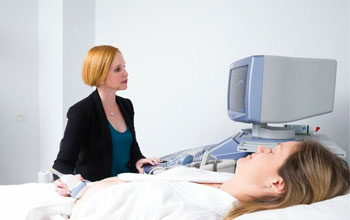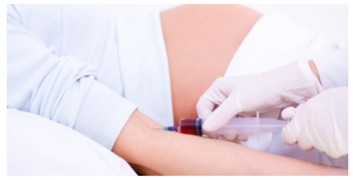What is it for?
The placenta is the workhorse of the pregnancy. From the time of implantation to the hours after delivery of the baby, the placenta is working very hard to make sure the baby and mum remain healthy. Monitoring placental function and structure through maternal blood work and ultrasound imaging can allow your doctors to watch how the placenta is doing and can help plan for a safe delivery of a baby. Here are some jobs/details about the placenta.
P – PLACEMENT: The position of the placenta can have a significant impact on the delivery of a baby. If the placenta is too close to (or covering) the cervix, there can be serious complications at the time of delivery and may lead to the necessity of a C-section. The placental position in pregnancy will change as the uterus grows and stretches. Ultrasounds performed later in pregnancy are more accurate in determining final placental location.
L – LONGEVITY: The placenta needs to be able to work and function throughout the entire pregnancy. If the placenta stops functioning properly both mother and baby can have complications. Maternal blood pressure,
OR LATIN MEANING: “Placenta” comes from the latin word meaning flat cake based on the way it looked after delivery.
A – AIR: The placenta acts as the baby’s lungs by providing oxygen from the mother to the baby.
C – CONNECTION: The placenta is connected both to mum by the uterus wall and to the baby via the umbilical cord. Through this connection the placenta protects both mother and baby from each other’s immune systems, keeping their blood separate so that they don’t react to each other.
E – EXCRETION: The placenta makes a collection of hormones that help protect the pregnancy and help prepare mum’s body for delivery and breastfeeding.
N – NUTRITION: The placenta is the “feeding machine” of the pregnancy. It allows for the transfer of nutrients to the baby from the mother’s blood via the umbilical cord.
T- TRANSPORTER: The placenta transports waste and carbon dioxide from the baby to the mother’s blood.
A – ANTIBODIES: To add protection while the baby develops their own immunity over the first months of life, the placenta allows antibodies to cross to the baby from the mother to give what is called passive immunity.



